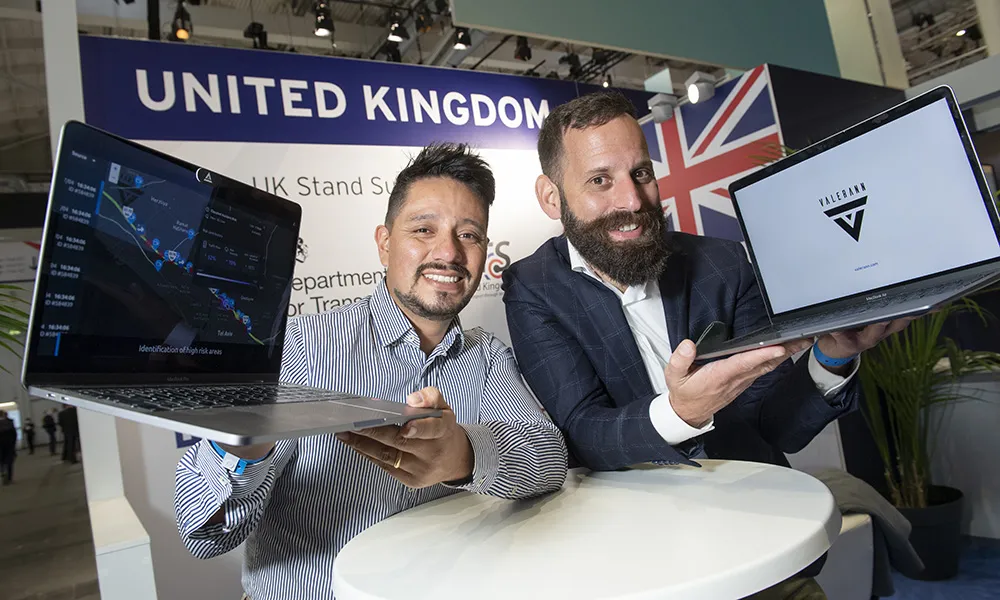Called Matrox Maevex 6150 Quad 4K Enterprise Encoder Appliance (Maevex 6150), the solution aims to feed on-premises and cloud-based servers to reach internet viewers and push streams over local area network for local audiences. The innovation can also record to local or network storage for later editing and viewing.
Additionally, the product features the company’s PowerStream Plus streaming and recording management application, which intends to provide reach and control over Maevex’s network. Integrators and developers can request the PowerStream Plus Application Programming Interface (API) and Rest API to create control application or to include Maevex functionality into existing ones.
Paul McLane, NewBay’s managing director, content, said: “The NewBay Best of Show Awards program seeks to shine a spotlight on relevant innovations in technology as seen around the million-square-foot exhibit floor of the industry’s top trade show. The 2018 winners and nominees give real insight into where and how rapidly our media tech businesses are evolving."
Matrox Graphics win NAB 2018 Best of Show Award
Matrox Graphics has won the NewBay Best of Show Award for its enterprise encoder appliance, at the 2018 NAB Show. Sound & Video Contractor chose the platform for its ability to simultaneously capture, stream and record up to 4K input from a single appliance. Called Matrox Maevex 6150 Quad 4K Enterprise Encoder Appliance (Maevex 6150), the solution aims to feed on-premises and cloud-based servers to reach internet viewers and push streams over local area network for local audiences. The innovation can also
April 20, 2018
Read time: 2 mins








